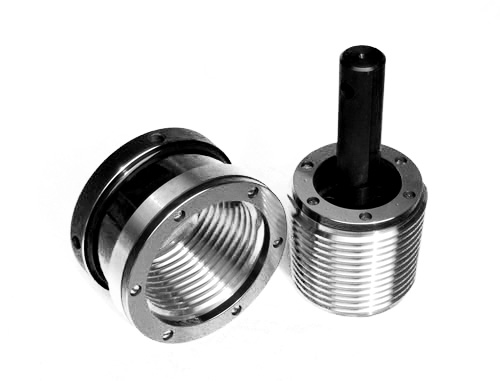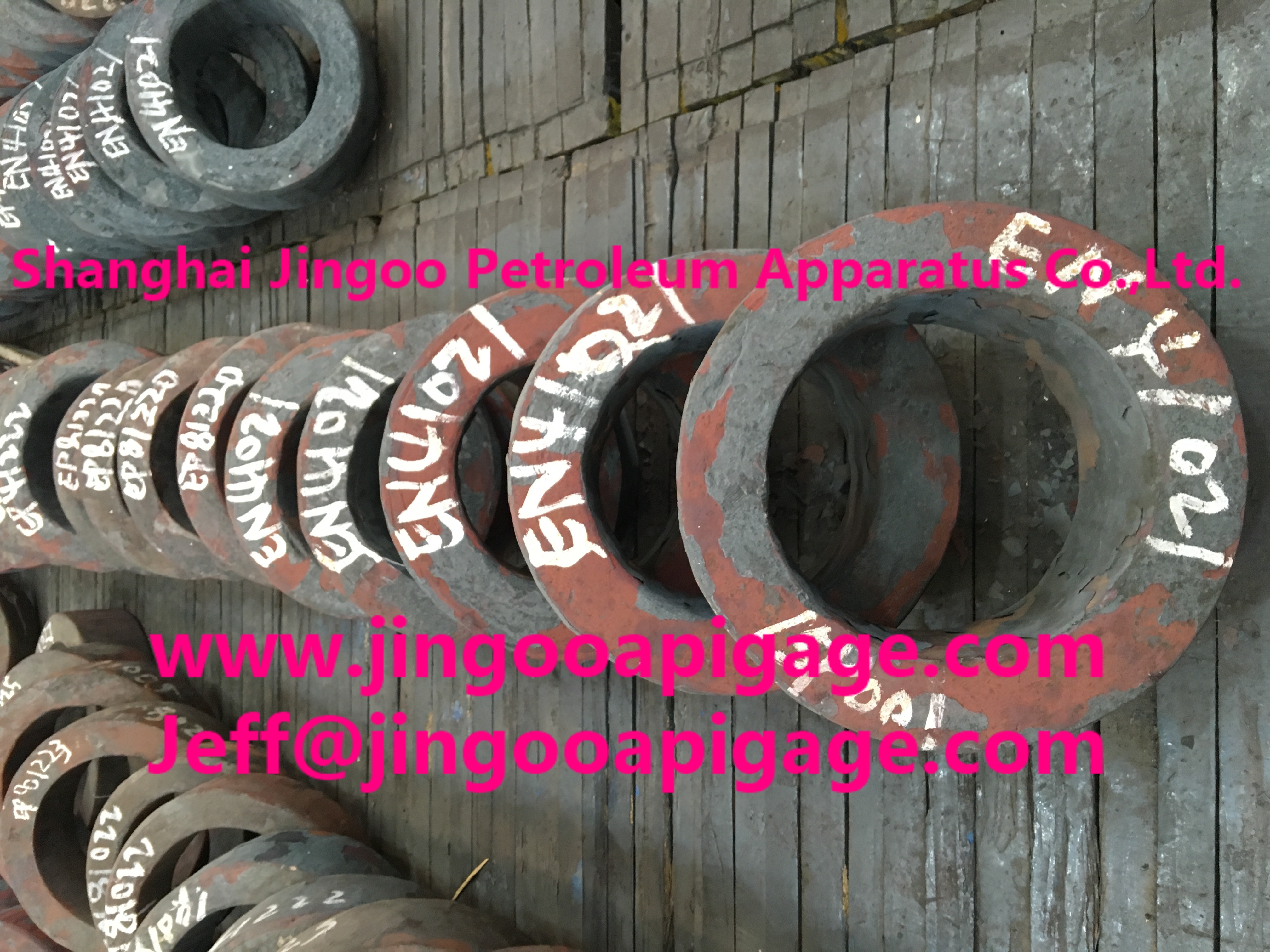 Rotary Shouldered Connection Function
Rotary Shouldered Connection Function
§ As a well is drilled, the drill string rotates and drilling fluid or mud is pumped down the inside of the drill pipe, exits at the drill bit and circulated to the surface.
§ The drill string consists of drill pipe, drill collars, tool joints, sub-assemblies and a drill bit.
§ The type of connection used mostly on drill pipe and drill string components is called a rotary shouldered connection or RSC.


Rotary Shouldered Connection Parts
§ Each component of the drill string has a threaded male or pin connection on one end and a female or box connection on the other end, allowing them to be connected or “made up” with the next segment.
§
Rotary Shouldered Connection Features
Shoulder
§ Provides a mechanical stop, so when the connection is made-up and the box and pin are tight the shoulder provides a stop, unlike tubing and casing which can break if bucked-on too far.
§ Provides a leak-proof seal.
§ Allows for higher torques during drilling.
Tool joints are attached to drill pipe by friction welding or inertia welding where one piece is held in a chuck and is accelerated rapidly while the other piece is clamped into a stationary holding device. The frictional heat generated raises the steel temperature so the two parts are forged together to make an integral joint.Coarse Thread
Allows the connection to accept dynamic loads which include:
§ Compression - the weight of the drill string pushes down on the pipe causing compression on the connections.
§ Bending - when the drill string is being rotated, the pipe is forced to bend, placing stress on the connections.
§ Tension - the weight of the drill string being suspended during drilling and when the drill string is pulled out of the hole, tension is created on the connections.
§ Torque (torsion) - rotating the drill string while drilling creates torque or torsion on the connections in the opposite direction of its rotation.
§ Internal pressure - when the pump on the rig forces drilling mud down hole, it creates internal pressure in the drilling mud, creating extra force on the connections.
American Petroleum Institute (API)
API is a trade association that establishes and maintains standards for the oil and natural gas industry worldwide. API standards:
§ improve the quality of threaded products
§ ensure product safety and reliability
§ allow products threaded by different manufacturers to be interchangeable
API Specifications
§ Specification 7-2 – provides standards on the proper threading and gauging of rotary shouldered connections.
§ Specification 7-1 - provides standards on design and mechanical properties for rotary drill stem (string) elements, such as drill collars, drill bit subs and kellys.
§ Specification 5 DP - provides standards for manufacturing of drill pipe and tool joints.
§ API RP 7G-2 – provides recommended practices for inspection and classification of used drill stem elements.
Activity: Interpret Thread Callouts
Using the callouts below, interpret the connection information and write it in the spaces below.
Callout | Connection Information |
4 ½ IF PIN | Size: |
|
Connection Style: |
|
Connection End: | Internal External |
TPI: |
|
TPF: |
|
Thread Form: |
|
|
|
|
2 7/8 PAC BOX | Size: |
|
Connection Style: |
|
Connection End: | Internal External |
TPI: |
|
TPF: |
|
Thread Form: |
|
